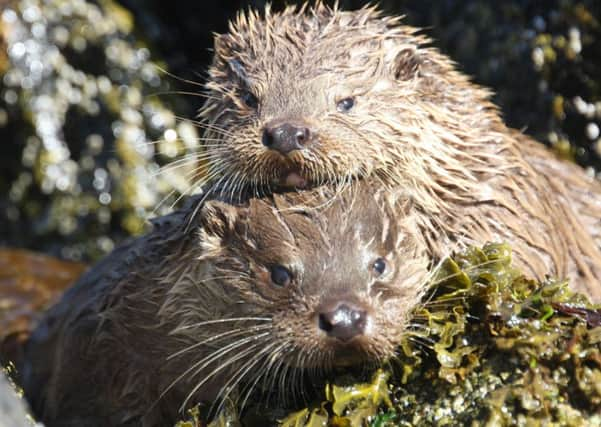Otter resurgence is going swimmingly


Amateur wildlife photographer Ross Lawford, who is producing a new book documenting his enduring fascination with the creatures, has witnessed how populations near his Midlothian home are thriving.
Similar good news is being reported along a popular waterway running through the heart of Edinburgh, rewarding decades of work to remove rubbish and combat pollution.
Advertisement
Hide AdAdvertisement
Hide AdLawford has spent the past 15 years watching and photographing the elusive creature across the country, from Devon in the south to Shetland in the north and many places in between.
He said: “We still have problems in the ecosystem, but I feel it’s definitely moving in the right direction.
“The state of rivers all over the UK has improved dramatically over the years, thanks to banning deadly pesticides and a massive conservation effort.
“Key species like the otter and kingfisher are at the top of a river’s food chain, therefore their presence is an indicator that river health is thriving.
“An increase in the otter population gives more people the chance to see this beautiful and enigmatic animal, which we almost lost from our shores.
“They are now turning up in our cities. The Water of Leith in Edinburgh has a very healthy population, as does the River Esk where I’ve recently caught them on trail cameras at night.”
Volunteers at the Water of Leith Conservation Trust have helped transform the river and its environs over the past 30 years.
The otter suffered major declines across the United Kingdom between the 1950s and the 1970s as a result of pesticide pollution, disappearing from much of England and Wales.
Advertisement
Hide AdAdvertisement
Hide AdHealthy numbers were found only in the cleanest bodies of water in the north and west of Scotland.
Now, though, the species is flourishing across Scotland and bouncing back in the UK in response to tightened environmental regulations and ongoing clean-up work.
The Scottish population is currently estimated to be around 8,000 – up from 6,600 in 1995.